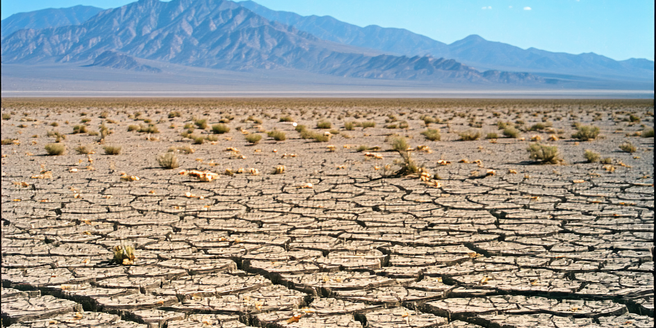
Understanding Climate Anomalies: Definitions and Impacts
Climate anomalies refer to deviations from the norm in weather patterns over a specific region and time period. These anomalies can include variations in temperature, precipitation, and wind patterns that persist for extended durations. Understanding anomalies is crucial, as they highlight shifts that may impact ecosystems, agriculture, and human settlements. Such divergences from average conditions often result from natural variability, anthropogenic factors, or a combination of both. The implications are far-reaching, influencing water resources, food security, and socio-economic stability, underscoring the need for effective adaptation and mitigation strategies. This chapter delves into the definitions, causes, and potential impacts of these anomalies on both local and global scales, fostering a deeper comprehension of how such changes shape the environment we inhabit.
Key Historical Volcanic Events and Their Climate Influence
Throughout history, volcanic eruptions have significantly influenced global climates. Notable events like the eruption of Mount Tambora in 1815 and Krakatoa in 1883 demonstrated how volcanic activity can trigger temporary global cooling, known as volcanic winters. These phenomena occur when volcanic ash and sulfur dioxide are injected into the stratosphere, forming sulfate aerosols that reflect solar radiation away from Earth. The resulting drop in temperatures can lead to widespread agricultural failures, famine, and societal disruptions. Examining these past events provides critical insights into the interplay between volcanic activity and climate change, highlighting the potential for significant geological events to alter the environmental equilibrium. Lessons from these incidents inform current climate modeling and help predict future volcanic impacts on our rapidly changing planet.
Mechanisms Linking Volcanic Eruptions to Climate Shifts
Volcanic eruptions are powerful natural events that can alter climate systems through several mechanisms. A key process is the injection of sulfur dioxide into the stratosphere, where it converts to sulfate aerosols, which reflect sunlight and cool the Earth’s surface. This cooling effect can persist for months to years, depending on the eruption’s magnitude and the aerosols’ distribution. Additionally, eruptions can disrupt atmospheric circulation patterns, leading to abnormal weather conditions. Some volcanoes emit greenhouse gases like carbon dioxide, which can contribute to long-term warming trends. Understanding these mechanisms is vital for predicting climate responses to future eruptions. By studying both historical and modern eruptions, scientists aim to improve climate models, ensuring more accurate forecasts that account for the complex interactions between volcanic activity and atmospheric dynamics.
Case Studies: Notable Anomalies in Specific Regions
Examining specific regions reveals how volcanic eruptions and climate anomalies interplay uniquely. In the Pacific Northwest, for instance, the 1980 eruption of Mount St. Helens caused substantial climatic disturbances, influencing local weather, ecology, and water systems. This event highlighted the need for robust scientific monitoring and rapid response mechanisms. Similarly, the El Niño phenomenon affects diverse global regions by altering precipitation and temperature patterns, with significant impacts in areas like South America, Australia, and Southeast Asia. Case studies offer detailed insights into regional responses to these anomalies, illustrating adaptability challenges faced by affected communities. Through these examinations, we gain a clearer understanding of the varied impacts of climate and volcanic activities at a regional level, informing targeted adaptation strategies and emergency preparedness measures.
Future Predictions: Volcanic Activity and Climate Trends
As scientific understanding of volcanic impacts on climate deepens, predicting future trends becomes pivotal. Climate models increasingly incorporate volcanic activity to enhance accuracy in forecasting. Recognizing the intricate feedback loops between volcanic aerosols and atmospheric systems remains a key challenge for scientists. Researchers anticipate that future eruptions could exacerbate or mitigate climate warming, depending on the magnitude and frequency of these events. By scrutinizing geological records and current volcanic monitoring data, scientists strive to predict potential eruption scenarios and their likely climatic effects. This foresight is crucial for global preparedness and risk management strategies, ensuring readiness for possible disruptions in the planet’s climate system. Future predictions hinge on interdisciplinary collaborations, leveraging technological advancements to refine models and support informed decision-making for a more resilient future.
